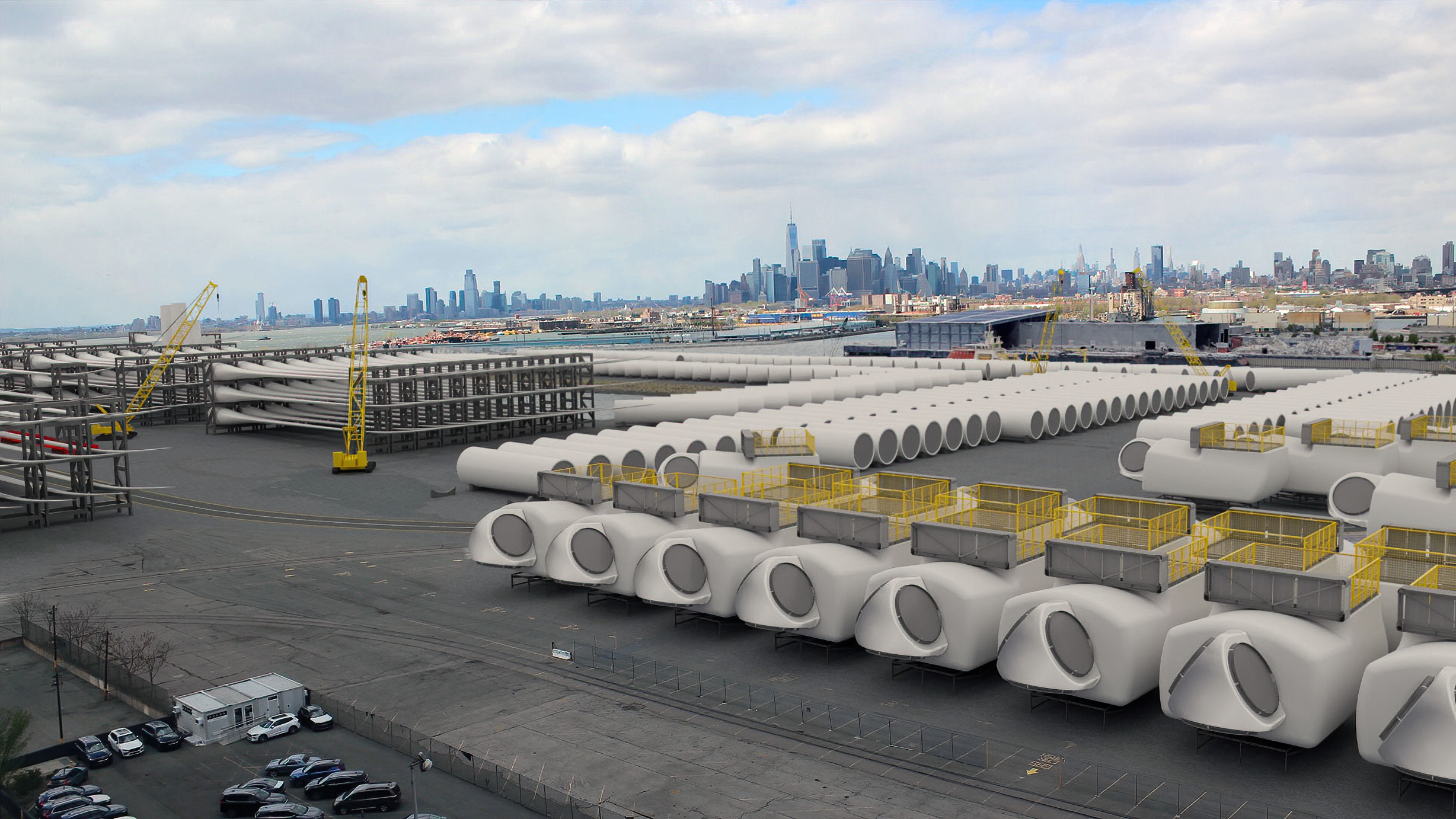Last year, the United States Army Corps of Engineers (USACE) released its official proposal for protecting the New York City metropolitan area from storm surges and coastal flooding. The $52 billion plan would go toward building extensive new infrastructure along the shorelines of the five boroughs.
But while it seems promising in its ability to fortify the city against storm surge, some community advocates in Hunters Point, Queens are pushing back on the plan. They argue the proposal is too general and inadequately tailored to the unique needs and flooding risks of neighborhoods like theirs– making it an inappropriate solution that could cause more problems than it solves.
“[Recent flooding events in Hunters Point] are related to a hurricane that comes, and not because it brings a storm surge, but because it dumps a huge amount of rain that overwhelms the sewage system and the drainage system,” said Jessica Sechrist, executive director of the Hunters Point Parks Conservancy.
Hunters Point, which borders Long Island City and sits just north of Newtown Creek on the East River, has shifted in past decades into a rapidly growing residential area through the construction of apartment buildings as well as extensive new parks along the water.
One of the most concerning elements of the USACE plan, according to Sechrist, involves a seagate that would sit at the opening of Newtown Creek, protecting it from overflowing in the event of a storm surge. But under the right circumstances, she said, a gate could have the unintended effect of blocking the flow of water in the opposite direction—leaving the combined sewage overflows with nowhere to go.
“There is a concern”, Sechrist says, “that in the event of a non-Sandy type of hurricane where we just get very heavy rain without an associated storm surge, Newtown Creek will flood because there are now more limitations to its ability to go anywhere, and when these floods happen, it will flood with raw sewage [instead of seawater].
For many Hunters Point residents, the USACE proposal is frightening; it talks extensively of gray infrastructure such as seawalls, levees, and deployable flood barriers that seem impossible to imagine over the gorgeously designed parks.
The HPPC, a community-based organization whose mission is supporting and advocating for the parks in the neighborhood, released an official statement in February responding to the USACE’s proposal and voicing their concerns.
Some of the main issues brought forth by the HPPC were that this plan disregards the green infrastructure that already exists within the park’s design. For instance, it involves the building of a seawall over the wetlands in the park, which function to absorb excess seawater and are so effective that they “took no damage from flooding” during Hurricane Sandy, according to the statement.
The Army Corps of Engineers should “continue to explore Natural and Nature Based Solutions [and] build on the extensive work already completed and being planned by the City and State when considering waterfront design options” the HPPC said in their statement.
The Newtown Creek Alliance also took issue with the USACE plan, issuing an official response to the proposal in which they argued that the storm surge projections utilized by the Army Corps were calculated based on data from 1983-2001. Therefore, “other factors (like the impact an increased water level could have on river flows) were excluded,” the Alliance said in the statement.
The data also is only focused on storm surge, which Sechrist said doesn’t show the full picture. The biggest threat when it comes to flooding in Hunters Point is not necessarily storm surge, but simply a rising water table due to climate change and intense wet weather, which the USACE’s proposal fails to acknowledge. “[Recent flooding events] are related to a hurricane that comes, and not because it brings a storm surge, but because it dumps a huge amount of rain that overwhelms the sewage system and the drainage system,” she said. “And causes flooding in the subways, basement apartments, etc.”
Sechrist predicts that most of the USACE’s proposals would be unlikely to come to fruition due to the successful advocacy of the community in conjunction with other groups such as the Newtown Creek Alliance and North Brooklyn Parks Alliance. The plan is still in the early stages and still needs approval and funding from the federal government before its projected construction start date in 2030.






